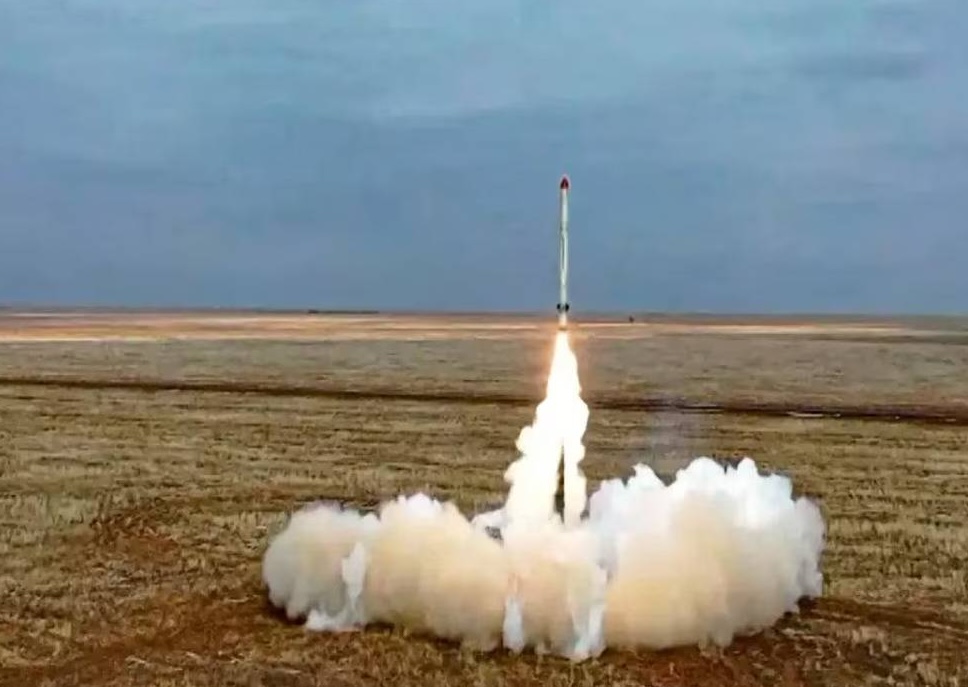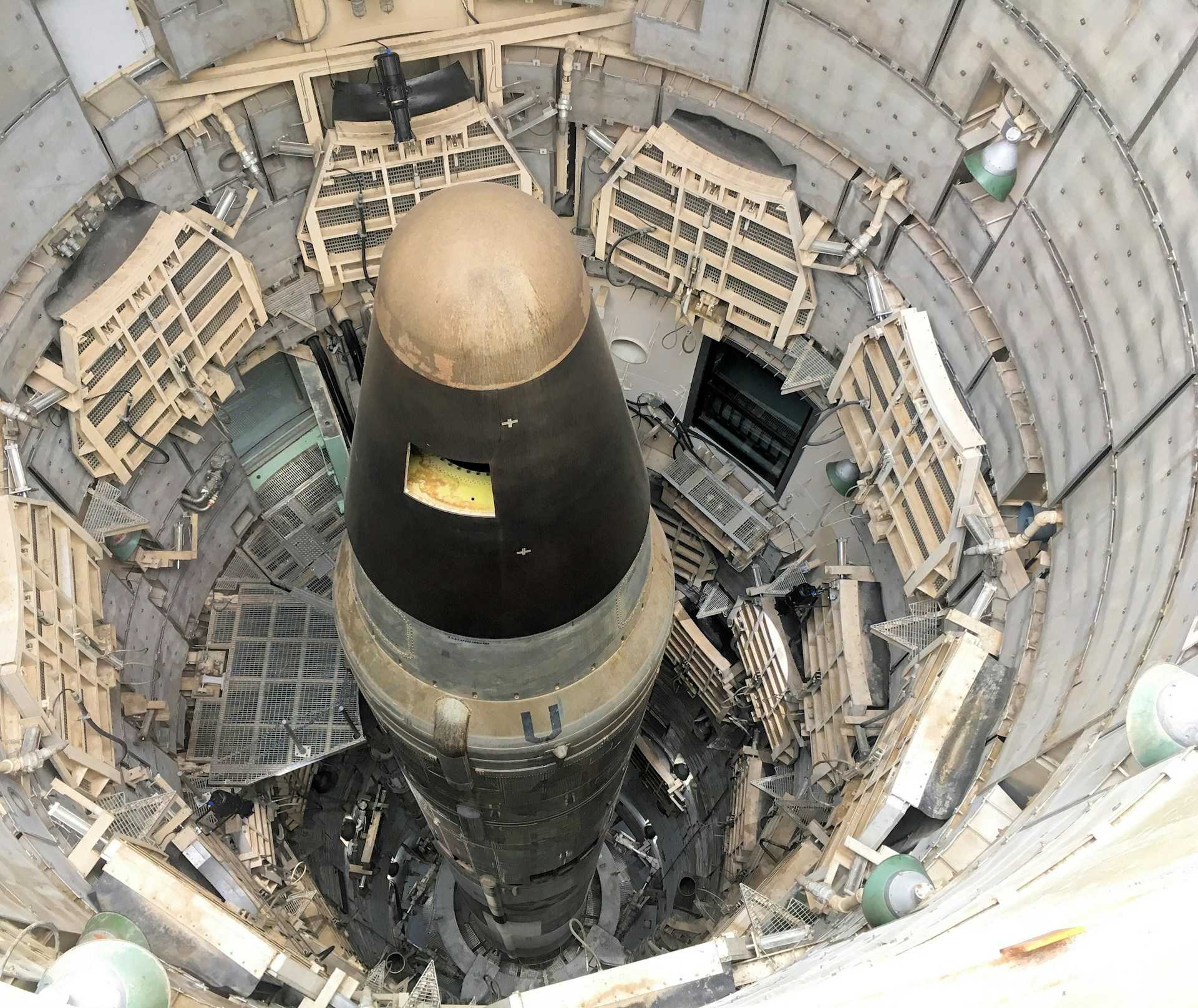In late October 2024, the United States and the United Kingdom escalated their military support to Ukraine by supplying ATACMS missiles, capable of striking deep into Russian territory. Shortly after delivery, Ukraine utilized these weapons to target critical ammunition depots in Russia’s Bryansk region, causing extensive destruction. This marked a significant escalation in the conflict, as it extended the battlefield far beyond Ukraine’s borders.
Russia responded fiercely to these strikes. The Kremlin intensified missile attacks on Ukrainian cities, focusing on infrastructure and civilian areas. Using a mix of ballistic and hypersonic missiles, Russia inflicted severe casualties and widespread damage, signaling its willingness to retaliate against NATO-supported actions.
North Korean Troop Deployment
Amid these developments, reports surfaced of North Korean troops being deployed to assist Russia’s war effort. This alarming move drew international criticism and heightened fears of the conflict spilling into a broader regional war. In response, the U.S. and its allies eased restrictions on Ukraine’s use of Western-supplied weapons, allowing Kyiv to strike deeper into Russian-held territories. This adjustment underscored NATO’s commitment to supporting Ukraine but further deepened tensions between the alliance and Moscow.

Testing the “Oreshnik” Hypersonic Missile
In mid-November, Russia unveiled its “Oreshnik” medium-range hypersonic missile during a high-profile strike on Ukrainian defense facilities. With speeds reaching up to 3 kilometers per second, this experimental weapon symbolized Russia’s technological and strategic response to NATO’s growing involvement in the conflict. The Kremlin framed the missile test as a necessary countermeasure to the increasing threat posed by Western military aid.
The ICBM Allegation
On November 21, 2024, the conflict reached a perilous new height. Ukraine accused Russia of launching an intercontinental ballistic missile (ICBM) at the city of Dnipro. The attack caused significant destruction and sparked fears of a further escalation. While some Western analysts argued the missile might have been a long-range ballistic missile rather than a true ICBM, the incident represented the most dramatic escalation to date.
The Kremlin justified the attack as a defensive measure, citing Ukraine’s recent strikes deep within Russian territory. The situation highlighted the razor-thin line between conventional warfare and the potential for catastrophic escalation.
Russia’s Nuclear Posturing
Following the alleged ICBM strike, President Vladimir Putin signed a directive that fundamentally altered Russia’s nuclear doctrine, further intensifying global alarm. The changes, described as a response to NATO’s increasing involvement, introduced new and broader criteria for nuclear retaliation.
Expanded Criteria for Nuclear Response
The revised doctrine allows Russia to retaliate with nuclear weapons against attacks from non-nuclear states, provided those attacks are supported by nuclear powers. Additionally, it permits nuclear responses to large-scale conventional assaults—such as those involving drones, hypersonic missiles, or advanced aircraft—on Russian or Belarusian sovereignty.
Broader Interpretation of Threats
Russia’s redefined doctrine identifies threats to sovereignty and territorial integrity as potential triggers for nuclear action, extending beyond existential risks to encompass broader geopolitical concerns. Any coalition-based attack, even if involving non-nuclear members, will now be treated as an act of aggression by the entire coalition, potentially justifying a nuclear response.
Strategic Signaling to NATO
The updated nuclear doctrine served as a direct warning to NATO, underlining the severe risks associated with continued military support for Ukraine. Kremlin officials described the policy changes as a vital adjustment to evolving threats and urged the global community to evaluate their implications seriously.
A Dangerous New Chapter
The escalation in Ukraine, punctuated by the alleged use of an ICBM and Russia’s revised nuclear doctrine, has pushed the conflict to its most dangerous phase yet. With both sides determined to outmaneuver the other and international actors increasingly drawn into the fray, the potential for miscalculation looms larger than ever.

